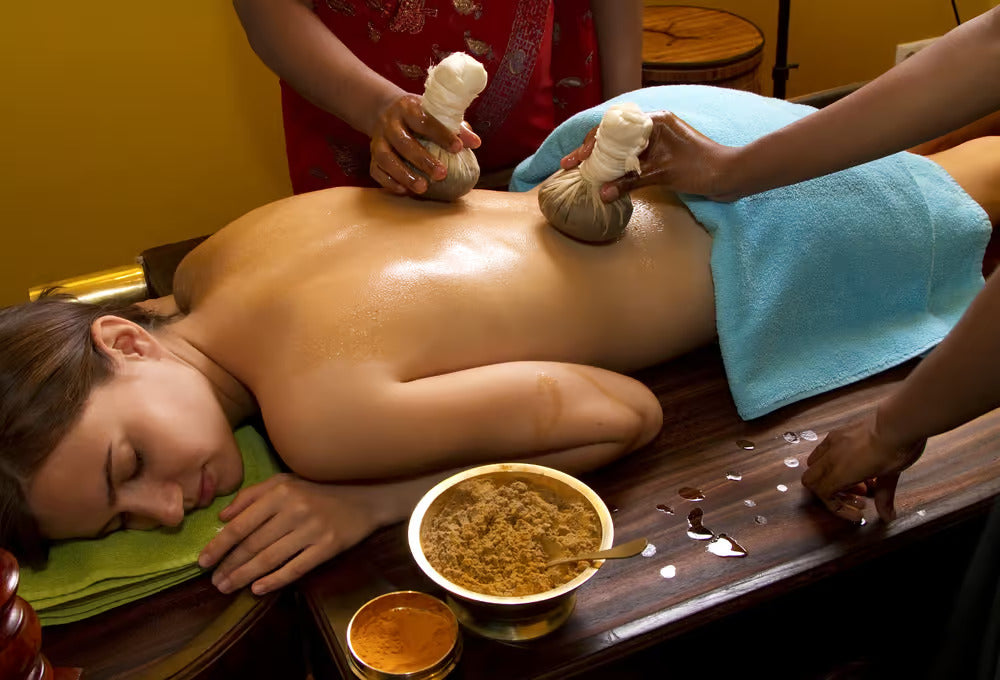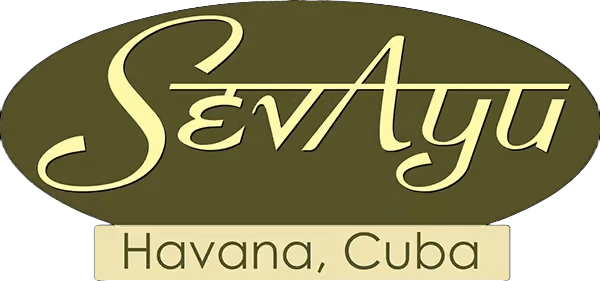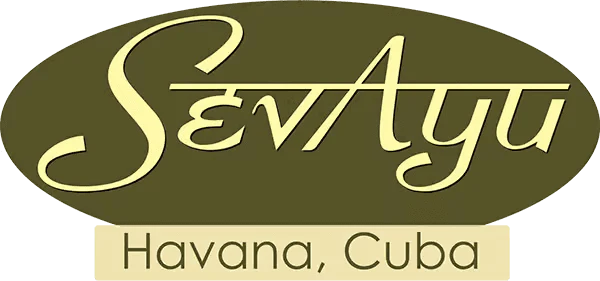
The Famous Ayurvedic Panchakarma Treatment
The name Panchakarma literally translates to “Five Actions,” which is appropriate given that this approach focuses on five unique basic bodily functions—vomiting, purging, Niruham, Anuvaasan, and Nasyam—to regulate the body. In other words, Panchakarma is a foundation upon which the majority of Ayurveda procedures are built.
The Ayurveda principles are truly demonstrated by Panchakarma, which lives up to its name as medicinal oils are used in this therapy . Here’s what you need to know about Panchakarma, including its benefits, important aspects, and more!
Signs That Panchakarma is Needed
Signs that you need Panchakarma therapy:
- Uncertain mind
- The tongue is covered with a thick covering.
- Frequent vomiting or diarrhea
- Daylong fatigue and sluggishness
- Uncontrollable appetite
- Unexplained body aches
- Bad breath
- Improper cycles of eating and sleeping
According to the ayurvedic treatise, Panchakarma should be performed once a year so that the soul and body may support and nourish themselves.
Note: Overall, Panchakarma is beneficial for all people as the main goal of this therapy is to get rid of accumulated toxins and make us all feel better in our daily lives.
Aspects of Panchakarma Therapy
Emesis (VAMANA): The optimal time to practise is one day after Snehana & Svedhana, after a good night’s sleep, after eating, or after sunrise—from 6:00 to 9:00 or 10:00 a.m. and near to the full moon when the water aspect is high.
Purgation (VIRECHANA): Purgatives remove too much Pitta from the gallbladder, liver, and small intestine where it is located.
The time of purification, as per Ashtanga Hridayam, is after Vamana (emesis) and after 9:00 a.m. After including similar Snehana and Svedana preliminary procedures, the therapy is carried out.
Medicated Enemas (BASTI): Basti therapy is typically applied to excess Váyu, either on its own or when the prevailing Dosha is out of balance. The Sanskrit word for the urinary bladder is Basti.
Since the colon is connected to all other organs and tissues, toning and cleansing the colon can cure and rejuvenate the entire body. The colon is the primary organ for nutrient absorption. The effective absorption of nutrients depends on a colon that is active and healthy.
Medicated Nasal Oils (NASYA): Nasya has been shown to enhance hearing, smell, eyesight, and avoid hair loss, grey hair, tense necks, migraines, and lockjaws. You take Nasyas before meals.
It is advised against consuming these Nasyas in cloudy weather and to take them first thing in the early morning on an empty stomach.
Toxic Bloodletting (Raktamokshana): Release of poisonous blood from different body places is known as restorative toxic bloodletting (Raktamokshana). The typical amount of blood discharged is 2 to 8 ounces.
Benefits of Panchakarma Treatment
The following are the top four advantages of panchakarma:
Improves Eating & Sleeping Patterns: The treatment plan outlines a balanced and healthy lifestyle. It requires eliminating harmful eating habits, practicing meditation and yoga, getting sufficient sleep, and maintaining a nutritious diet. The same can be included into our daily routines as a beautiful approach to thank the body.
Detoxing The Body & Rejuvenating The Mind: Rejuvenating the mind and body through detoxification The procedure promotes digestive fire and flushes toxins (ama) because it concentrates on the cleaning of the system at different levels in Agni. It reinstates the body’s inherent capacity for healing.
Reduces Body Weight: A tried-and-true method of losing weight is to get panchakarma therapy. The body is unable to exfoliate the dead cells due to the accumulated toxins, which contributes to weight gain. The elimination of toxic weight and restoration of the body’s innate capacity to maintain appropriate weight are implied by the eradication of ama.
Reduces Stress: Stress is a destroyer of health. The panchakarma chikitsa guarantees that blocked channels are cleared to allow the body’s natural energy to flow, reducing stress and advancing wellness.
Bottom Line
It is crucial to establish a robust digestive fire and remove the body’s toxins in order to achieve a healthier lifestyle. This holistic remedy called Panchakarma detoxifies the system and restores its inner equilibrium and vigour.
It is important to know that therapies with Panchakarma should be avoided during fever, injury, and pregnancy. Before undergoing Panchakarma therapy, you should speak with a certified and experienced Ayurveda doctor so that the doctor may create a plan of treatment that takes into account your current health.

